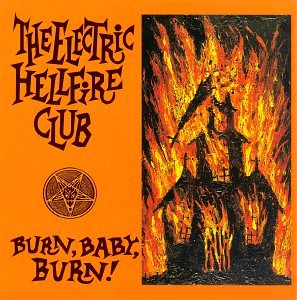
Burn Baby Burn: A Comprehensive Analysis of the Devastating Wildfires Ravaging the American West
Introduction
In recent years, the American West has witnessed an alarming surge in the frequency and intensity of wildfires, leaving behind a trail of destruction and devastation. These catastrophic events, fueled by a complex interplay of climate change, human activity, and vegetation management practices, have become a major threat to human life, property, and the environment. This article delves into the multifaceted causes, consequences, and potential solutions to the escalating wildfire crisis in the American West.
Causes of Wildfires
Climate Change: Rising global temperatures have led to drier conditions, increased evaporation, and longer fire seasons. These changes create a more favorable environment for wildfires to ignite and spread rapidly.
Human Activity: Human-caused ignitions, such as unattended campfires, discarded cigarettes, and intentional arson, account for a significant proportion of wildfires.
Vegetation Management: The accumulation of dense vegetation, particularly in areas where fire suppression has been effective, provides ample fuel for wildfires.
Consequences of Wildfires
Human Life and Property: Wildfires pose a direct threat to human life and property. They can cause severe burns, smoke inhalation, and other health problems. The destruction of homes, businesses, and infrastructure can result in significant economic losses.
Environmental Impacts: Wildfires release large amounts of greenhouse gases into the atmosphere, contributing to climate change. They also damage ecosystems, destroy wildlife habitat, and alter soil composition.
Air Quality: Wildfires produce vast amounts of smoke and particulate matter, which can travel long distances and degrade air quality. This can lead to respiratory problems, especially for vulnerable populations.
Potential Solutions
Climate Change Mitigation: Reducing greenhouse gas emissions is crucial to mitigate the effects of climate change and reduce the risk of wildfires. This involves transitioning to renewable energy sources, improving energy efficiency, and protecting forests.
Fire Prevention: Public education campaigns and enforcement of fire restrictions can help prevent human-caused ignitions.
Vegetation Management: Controlled burns, thinning, and prescribed fires can reduce fuel loads and create defensible space around communities.
Fire Suppression: Effective fire suppression strategies, including aerial firefighting and ground crews, are essential for containing wildfires and minimizing their impact.
Community Preparedness: Evacuation plans, fire-resistant building materials, and community outreach programs can help communities prepare for and respond to wildfires.
Case Study: The Dixie Fire
The Dixie Fire, which burned in California in 2021, serves as a sobering example of the devastating consequences of wildfires. The fire consumed over 960,000 acres, destroyed thousands of structures, and caused at least one fatality. The Dixie Fire highlights the need for comprehensive wildfire management strategies that address both the causes and consequences of these catastrophic events.
Conclusion
The escalating wildfire crisis in the American West poses a significant threat to human life, property, and the environment. Climate change, human activity, and vegetation management practices are key contributing factors to this crisis. Addressing these causes and implementing effective solutions, including climate change mitigation, fire prevention, vegetation management, fire suppression, and community preparedness, is essential to reduce the risk and impact of wildfires. By working together, we can protect our communities, preserve our ecosystems, and mitigate the devastating effects of this growing threat.
